Stoptober: Stages of Quitting Smoking
Sep 13, 2021
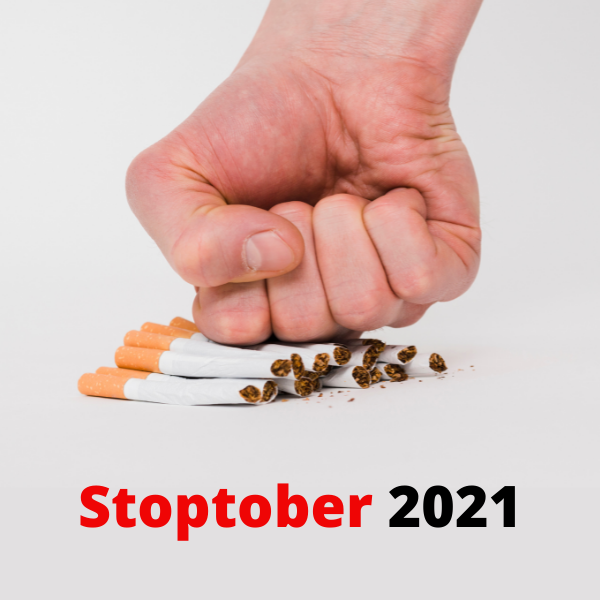
Stoptober

Quitting smoking isn’t easy. It typically takes 2-3 attempts, or more, before finally successfully kicking the cigarettes. However, with each attempt at quitting, you can learn more about what helps and hinders the process. This prepares you for the next time you decide on trying to stop smoking.

Taking the plunge and deciding to quit can sometimes be the most difficult step. Most of us can identify that smoking and tobacco use is harmful to our health, and we may even express our desire to quit; in fact, 30% of smokers in the UK try to quit each year. However, as mentioned, it’s a difficult process and it's easy to slip up and for your nicotine addicted brain to rationalise lighting another cigarette.
So, today we’re going to break down the stages of quitting that we’re sure many smokers and ex-smokers will relate to.
Stages of Quitting Smoking
1. Denial and Acceptance

Smokers will often deny that their habit is an issue, and try and rationalise it. When considering quitting, it’s hard to accept that smoking is negatively impacting your health and wellbeing. This is what’s known as “denial”. Denial might persist until you have a negative personal experience related to smoking including bad health, bereavement of someone you care about, or other related triggers that might influence you to decide enough is enough. While situations are traumatic and awful to have to deal with, they often lead to acceptance that smoking is a serious issue.
2. Contemplation
At this point, you’ll be seriously considering quitting, but not quite ready yet. While a part of you wants to kick the cigarettes, another part doesn’t want to give up the satisfaction and comfort of smoking tobacco. Once you’re convinced that the cons of smoking outweigh the pros, it’s then that you can make a final decision to give up for good.
3. Planning

Planning your quitting strategy is one of the most crucial steps of the process. This involves recognising things that trigger you, and how to deal with them without slipping up and smoking; coming to terms with your dependence on nicotine and identifying potential alternatives like vaping or nicotine pouches, and reaching out to family and friends for support in your journey to a healthier lifestyle.
4. Action
This is the stage where you are actively trying to avoid cigarettes and tobacco products. Think of this as the point once you’ve officially “quit”. Each day will be spent frantically fighting against the urge to smoke, especially in the evenings. When you find yourself agitated, hungry and dying for a smoke during this stage, just remember that the benefits of abstinence have already begun.
After the first 24 hours of abstinence from smoking, your heart function will already have improved and you’ll probably start tasting and smelling things better soon after. So, if you’ve made it this far or further, just keep on going! We know it’s difficult, but it's worth it.
5. Maintenance and Relapse

This stage entails continuing to action your quitting strategy and simply staying tobacco-free. You might have started experiencing nicotine withdrawal by now, so finding ways to healthily cope with the symptoms without slipping back into your smoking habit is one of the tough battles that define this stage of the process.
It’s important to find a way to curb these withdrawal symptoms fast, or you can be at risk of relapsing. Relapsing in this context simply means starting to smoke again after an attempt to quit and is an extremely common part of the quitting process.
Nicotine withdrawal is the most common reason why newly former smokers relapse and start smoking again, which is why it’s essential to be prepared and have ways of relieving your withdrawal symptoms. We stock a plethora of e-liquids, vape kits and more online and in-store, so just know that we have you covered when things get tough. For those in the early stages of switching from smoking to vaping, we recommend using tobacco flavoured vape liquids with Mouth-To-Lung devices like the Aspire PockeX Starter Kit or the Smok Priv N19 Vape Kit. This combination will mimic the sensation and taste of smoking a cigarette the most effectively, and we’ll touch more on this in the FAQS.
With time, your urges will diminish and your dependence on nicotine will weaken but if you slip up and have a cigarette during this stage, don’t let it dishearten you too much. Instead, think of it as a stumbling block in your journey and reflect on the factors that may have led to this relapse so that you know what to do differently next time.
6. Ending the Cycle

It’s inevitable that you’ll be tempted and face strong urges to have a cigarette again on your journey to a smoke-free lifestyle. We suggest that when you experience intense urges to smoke, you go back and reflect on what made you quit in the first place, whether that’s your personal reasons, and or the health risks of smoking. If you relapse, you are not alone; As mentioned earlier, 30% of smokers in the UK try to quit each year. It helps to reflect on your experiences as a means of improving your chances for success the next time you attempt to quit smoking for good. See our Stoptober deals here.
Quit Smoking: Frequently Asked Questions
1. I've attempted to quit smoking several times now and can’t. What should I do, and will I ever be able to stop?
Don't let this dishearten you. Smokers typically take around 2 or 3 attempts to quit before they finally succeed. Each time you try and kick cigarettes, you learn more about what works and what doesn’t. Reflect on what you learn every time you try and stop, and incorporate it into your next attempt. If you’re consistently relapsing, consider talking to your doctor or another health care professional to try and get to the bottom of what is triggering you to slip up, what you might be doing wrong, and how you might better prepare for your next attempt at quitting. And remember, relapsing is a natural and common part of the quitting process.
2. Should I just try and quit ‘Cold Turkey’?
Quitting Cold Turkey does work for some smokers, and studies have shown that most of them do end up quitting on their own, without the help of any smoking alternatives. However, this can be extremely difficult for many, and the mere thought of it might even sound daunting to you. The highest success rates of quitting are said to come from a combination of behavioural changes and external aid, such as supportive counselling.
We have to emphasise that there is no “right” or “wrong” way to quit smoking, and going cold turkey or seeking counselling aren’t the only ways one should try and kick their habit. If you still feel like you’re in need of a nicotine hit or smoking sensation while in the process of quitting, that’s okay, and our seemingly endless selection of vape kits, e-liquids and nicotine pouches is there for your relief.
3. What are the best e-liquids for someone trying to quit smoking?
As mentioned, Tobacco flavoured e-liquids would be a good flavour option to start with if you’re missing that earthy tobacco taste. Be warned, though, as this might not work for everyone. While the tobacco flavour may provide comfort to some abstainers, the familiarity might lead others into a relapse.
It’s important to also research the right nicotine strength of vape juice to choose. 12mg e-liquids are produced with your average smoker of around 20 cigarettes in mind. This is a safe nicotine strength to start with for a former smoker, as it allows them to experiment and go up or down in strength, however, the heaviest smokers may benefit from an 18mg or 20mg liquid. To learn more, please read our guide on Nicotine Strengths. Nicotine Salt-based e-liquids would also be a good vaping option for a newly former smoker. Nic Salts (Nicotine salts) are a naturally occurring blend, extracted directly from the tobacco leaf. Nic salt-based e-liquids are absorbed into your system faster than standard freebase nicotine vape juice, providing you with a much faster hit and satisfying your nicotine cravings.
Two e-liquid brands well known for their delicious and immensely satisfying nic-salt vape juices are ULTD Salts and WizMix Salt.
4. What type of Vape kits are best suited for smokers trying to quit?
At Vape Shop we offer a plethora of starter vape kits that are designed to offer a user-friendly experience, and make the transition from vaping to smoking feel seamless. Beginner vape kits vary in power and performance ranging from small compact devices such as the Aspire Nautilus Prime X Kit, all the way up to the powerful Drag X Mod Pod Kit from VooPoo.
The majority of beginner kits utilise Mouth-To-Lung (MTL) coils, which are ideal for an ex-smoker. mouth-to-lung devices provide a tighter draw and are ideal for those for former smokers, as they mimic the action and sensation of smoking a cigarette. Vapour is held in the mouth before being inhaled into your lungs. Most of these devices have refillable tanks/pods that you can fill with your favourite e-liquids.
5. I suspect that my teenager may be smoking, what should I do?
There are many reasons a young person might turn to smoke but the most common by far is peer pressure. It’s a tough pill to swallow, but teenagers are generally just more influenced by their friends than their parents or other older relatives. You might know what’s best for your children but you don’t know what’s cool.
However, you can try and curb peer pressure a little bit by being a positive role model. One thing you should ask yourself is if you yourself smoke. If so, you should try and quit. If you’re finding this difficult (and if you’ve read the rest of the article you know we understand), at least try and stop smoking in front of them if you haven’t already, and try and discuss the harmful outcomes it can lead to with them.
A lot of teenagers will rationalise smoking as “ok” if one of their parents or another relative or friend does it. It’s important to counter this attitude as soon as you can and talk openly and non-judgmentally about the risks of smoking.
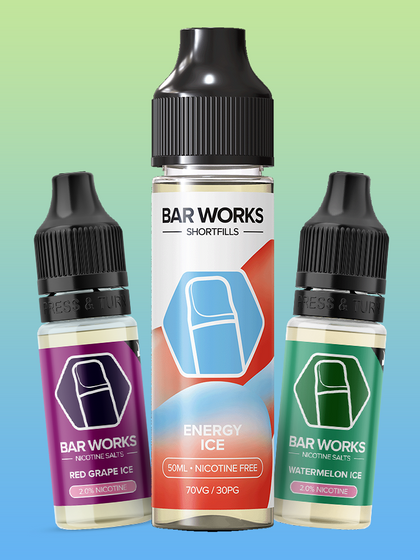

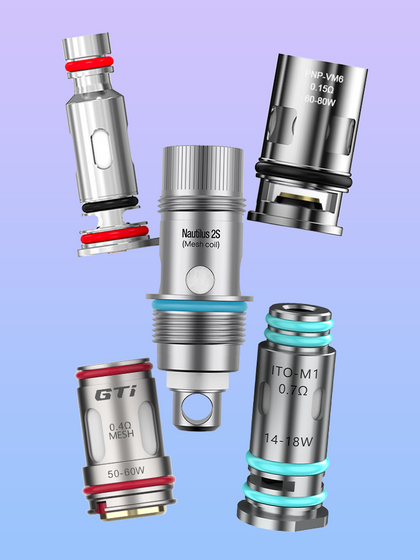
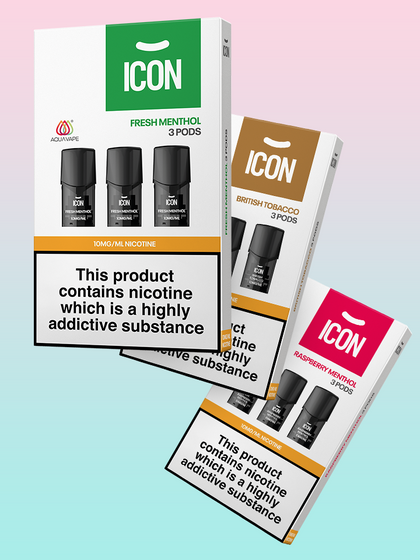
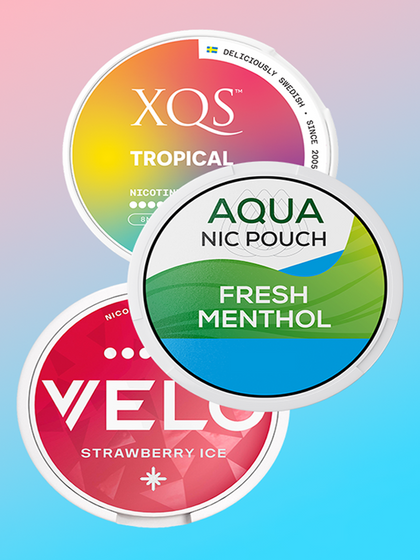
Leave a comment